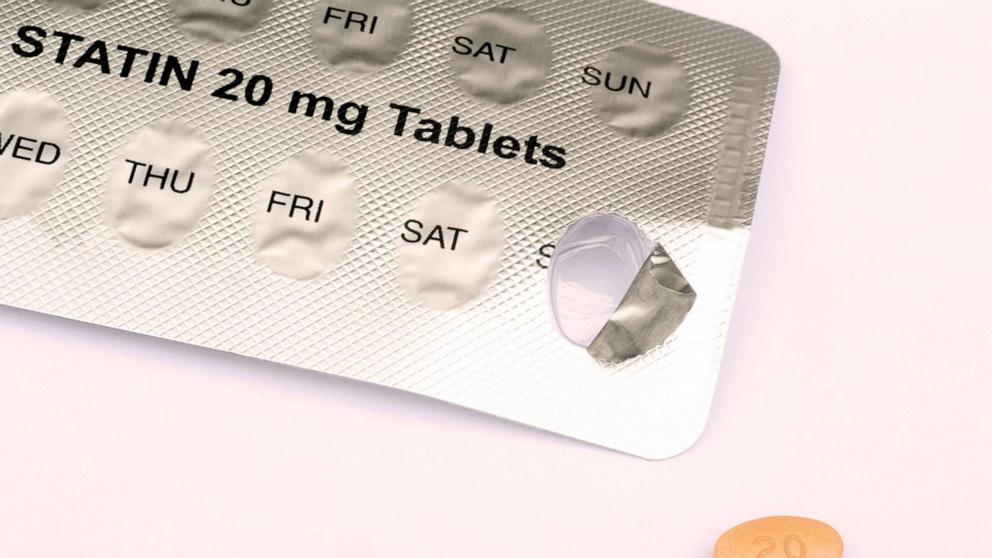How Ignoring High Cholesterol Raises Your Risk of Heart Attacks and Strokes
Did you know that over 40% of adults in the United States are completely unaware that they have high cholesterol? And what’s worse is that this means they aren’t receiving any treatment for it, putting them at higher risk for heart attacks and strokes.
The shocking findings come from a recent study published in JAMA Cardiology. Researchers from respected institutions across the globe analyzed data from the National Health and Nutrition Examination Survey spanning over two decades, from 1999 to 2020. They specifically focused on patients aged 20 and older with cholesterol levels exceeding 160 mg/dL.
According to Johns Hopkins Medicine, a cholesterol level below 150 mg/dL is considered normal. Anything between 150 and 199 mg/dL is borderline high, and levels above 200 mg/dL are classified as high or even very high.
The survey data revealed a concerning trend: many adults were completely unaware of their elevated cholesterol levels or had never received any information about them. This lack of awareness is deeply concerning, as not treating high cholesterol can lead to the formation of plaque in the blood vessels, increasing the risk of heart attacks and strokes.
In fact, in 1999, nearly half of those with cholesterol levels above 160 mg/dL were both unaware and untreated. Although this percentage has decreased to 38.5% in 2020, it is still alarmingly high.
The study also revealed that certain groups are more at risk of being unaware and untreated for high cholesterol. This includes younger adults, men, individuals without insurance, and Hispanic populations. Additionally, those with lower education levels and lower socioeconomic statuses also had higher rates of untreated elevated cholesterol.
According to the Centers for Disease Control and Prevention (CDC), approximately two-thirds of adults in the U.S. have had their cholesterol levels checked within the last five years. However, it is recommended that most healthy adults should have their cholesterol checked every four to six years, and more frequently for individuals with heart disease, diabetes, or a family history of high cholesterol.
The authors of the study emphasize that although the prevalence of severely elevated cholesterol levels has decreased over time, there is still cause for concern. Approximately 1 in 17 individuals have borderline high cholesterol, and 1 in 42 have high cholesterol. They believe that the lack of awareness and treatment may stem from difficulties accessing primary care, low rates of screening, inconsistent screening recommendations, inadequate emphasis on cholesterol as a quality measure, and hesitation to treat asymptomatic individuals.


